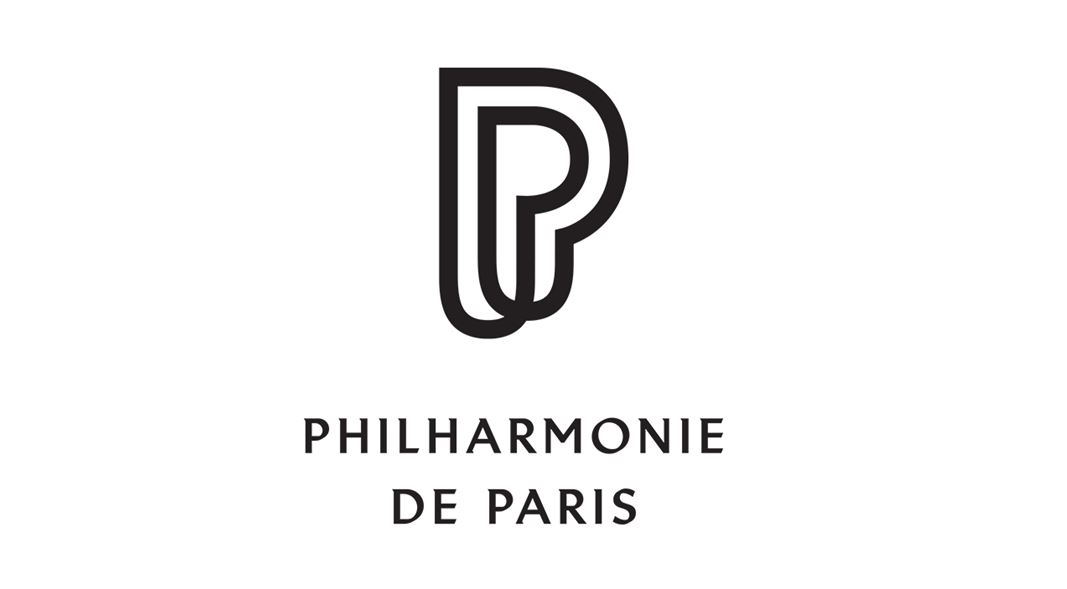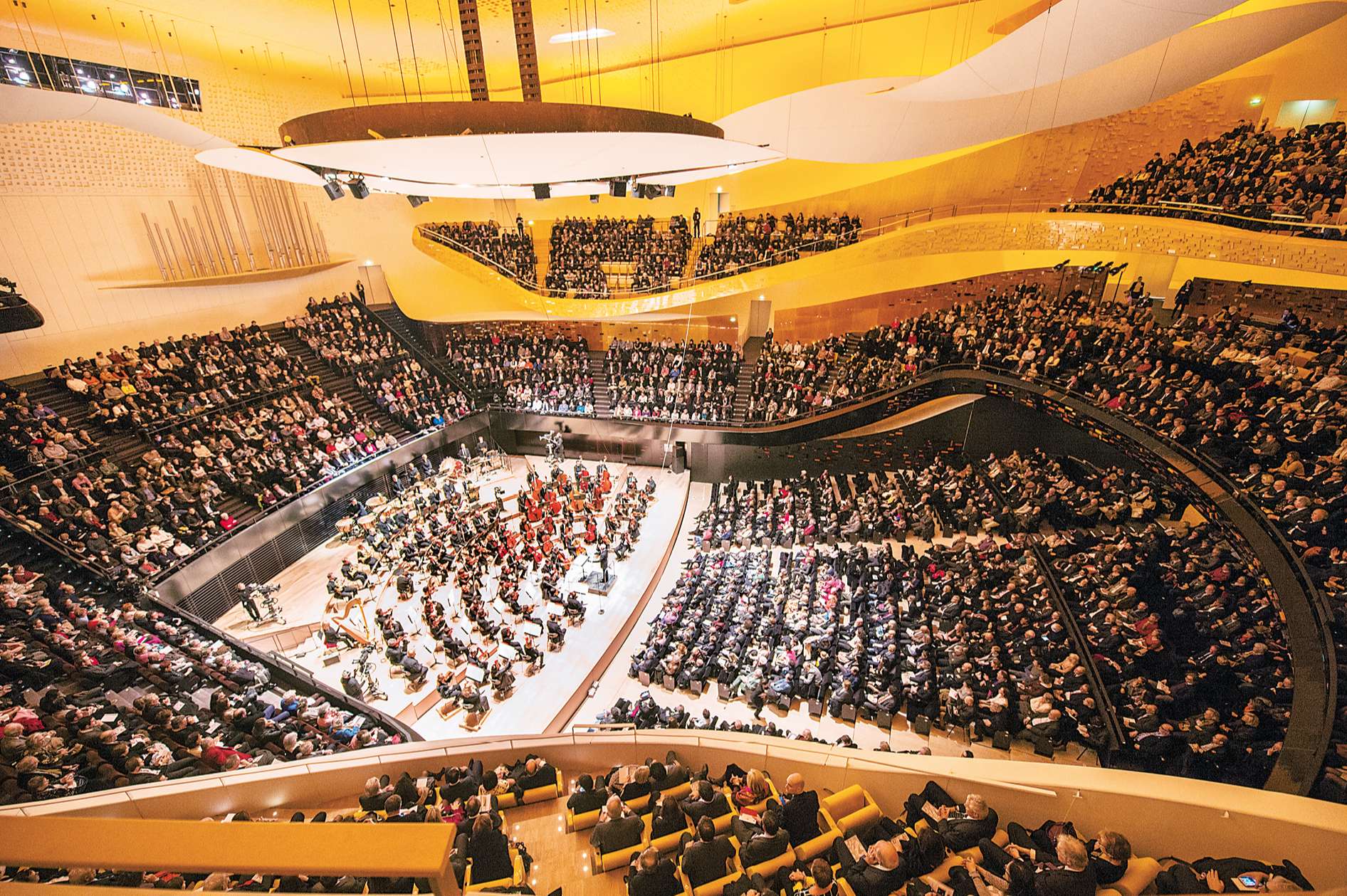La Philharmonie de Paris
La Philharmonie de Paris has simulated airflow and particle dispersal of the Pierre Boulez Symphonic Hall to prepare its reopening after the lockdown.
Safety is non-negotiable, for our public, artists and staff. This is why we decided to partner with Dassault Systèmes. Thanks to their cutting-edge simulation technology, we are prepared to reopen our concert hall in the best possible conditions.
Challenge
Designed by architect Jean Nouvel, and opened in January 2015, La Philharmonie de Paris is a complex of concert halls, exhibition spaces and rehearsal rooms located in Paris, France. To ensure the safest possible conditions for the return of spectators and orchestras following COVID-19 lockdown measures, La Philharmonie de Paris required a 3D model of its 2,400 seats Pierre Boulez Symphonic Hall. Using simulation technology, the company wanted to understand how air moves within the hall to assess the effectiveness of different public health measures.

Solution
La Philharmonie de Paris partnered with Dassault Systèmes for its extensive experience in high profile airflow and particle dispersal simulation projects. Working with high precision data from La Philharmonie de Paris’s technicians, Dassault Systèmes created a highly accurate virtual twin of the Pierre Boulez Symphonic Hall that is equipped with a unique individual ventilation system located beneath each seat.
The 3D model was able to precisely simulate the hall’s airflow at maximum capacity, showing how air circulates from the top of the hall downwards (from the second balcony towards the parterre) in a single direction with very little lateral movement. The air flows in the direction spectators face, and thus against their backs. All airflows converge just in front of the stage, where they rise naturally towards the extraction zones located in the ceiling.
The simulation also demonstrated the limited risk that the air from one balcony could reach the balcony opposite. Moreover, the hall’s air delivery low speed (less than 1 km/hour) restricts the dispersal of air and, therefore, particles.
Using this information, La Philharmonie de Paris and Dassault Systèmes were able to investigate the impact of using face masks, for both the audience and the orchestra; and the impact of reducing the ventilation regime. Three case scenarios were tested: a contaminated individual coughing without a face mask, with a surgical mask, and with a mask fitted firmly to the face.
Benefits
The simulations enabled La Philharmonie de Paris to discover that, without a mask, cough particles quickly spread towards the back of the spectator in the row ahead. However, because the airflows move firmly in one direction, the particles do not appear to make contact with spectators either side of the infected person.
With a face mask, the emitted particles are slowed down and, for the most part, retained by the mask, although some do still escape through the gaps on the sides. These escaped particles, however, remain in the immediate vicinity of the contaminated person and proceed to become significantly less concentrated. They do not reach the neighboring spectators nor the seat in the row ahead. If the face mask is fitted, ensuring limited leakage, the protection is even greater.
With regard to the orchestra, the simulations revealed that risk of transmission from the audience appears highly improbable. Risk is further reduced by the use of face masks.
The simulations also helped determine that the dispersal of particles is significantly reduced with lower ventilation, which also limits the potential impact on the person seated in the row ahead.
As a result of these simulations, La Philharmonie de Paris has lessen the volume of air injected by the seats by half. Combining this with the use of face masks, it believes it has significantly lowered risks of airborne transmission of COVID-19 for both its future audience members and orchestra.

About La Philharmonie de Paris
For more information:

